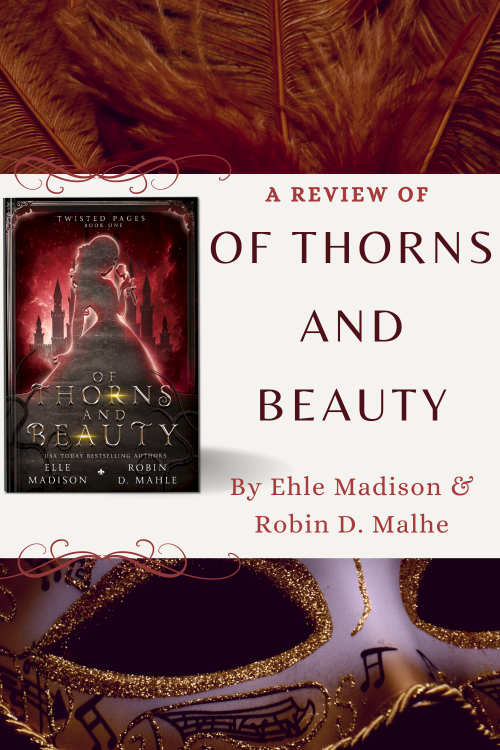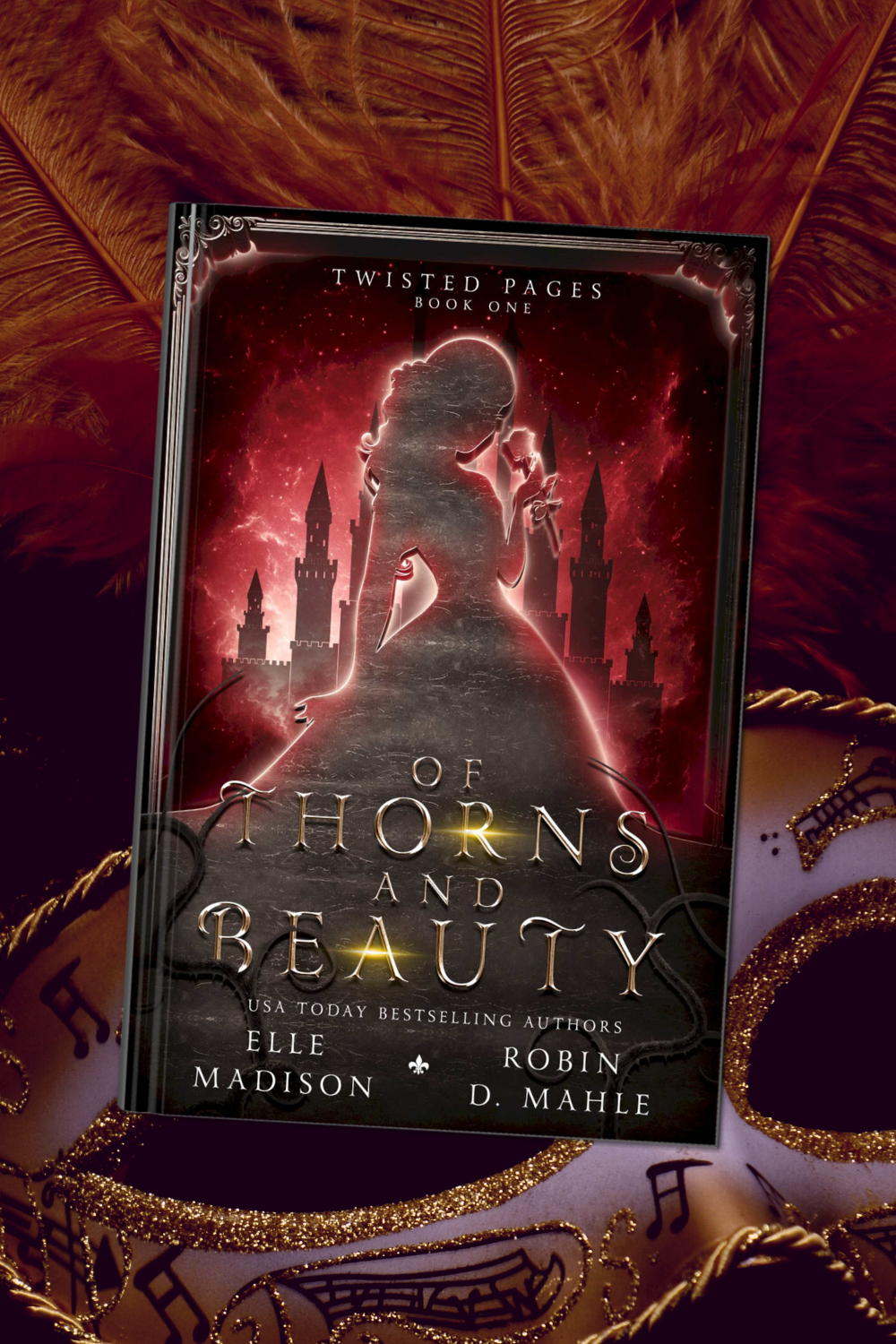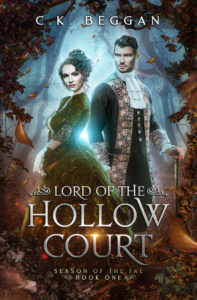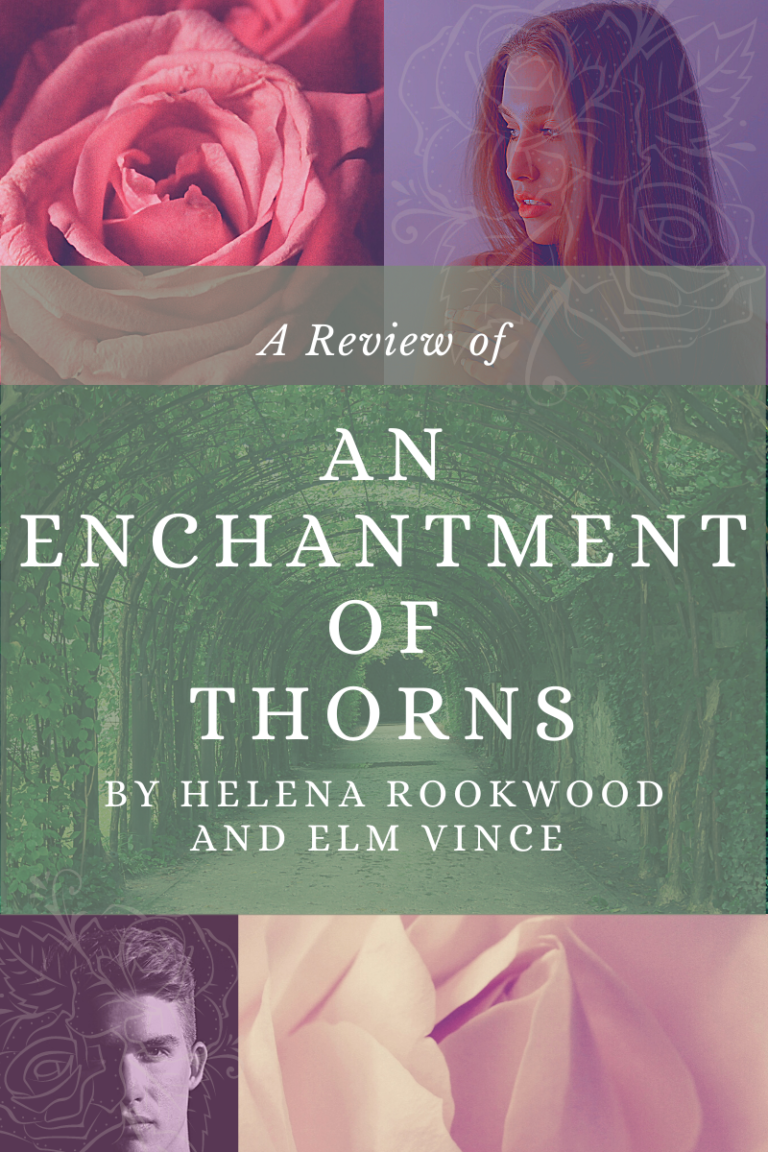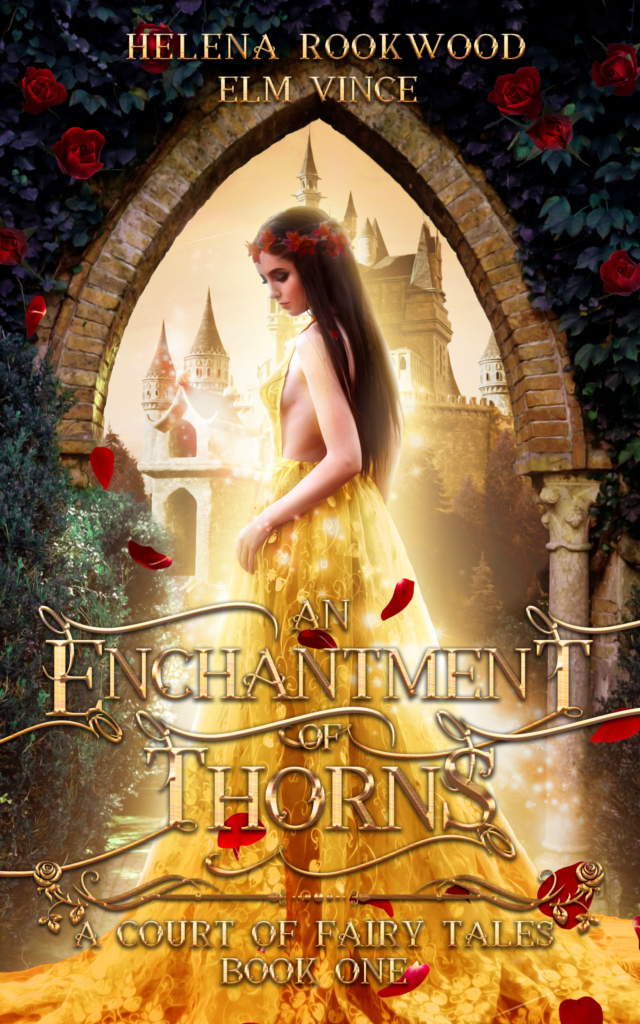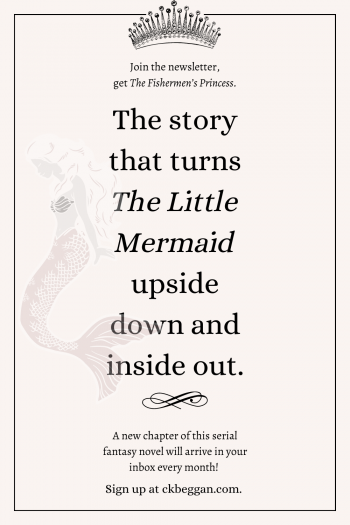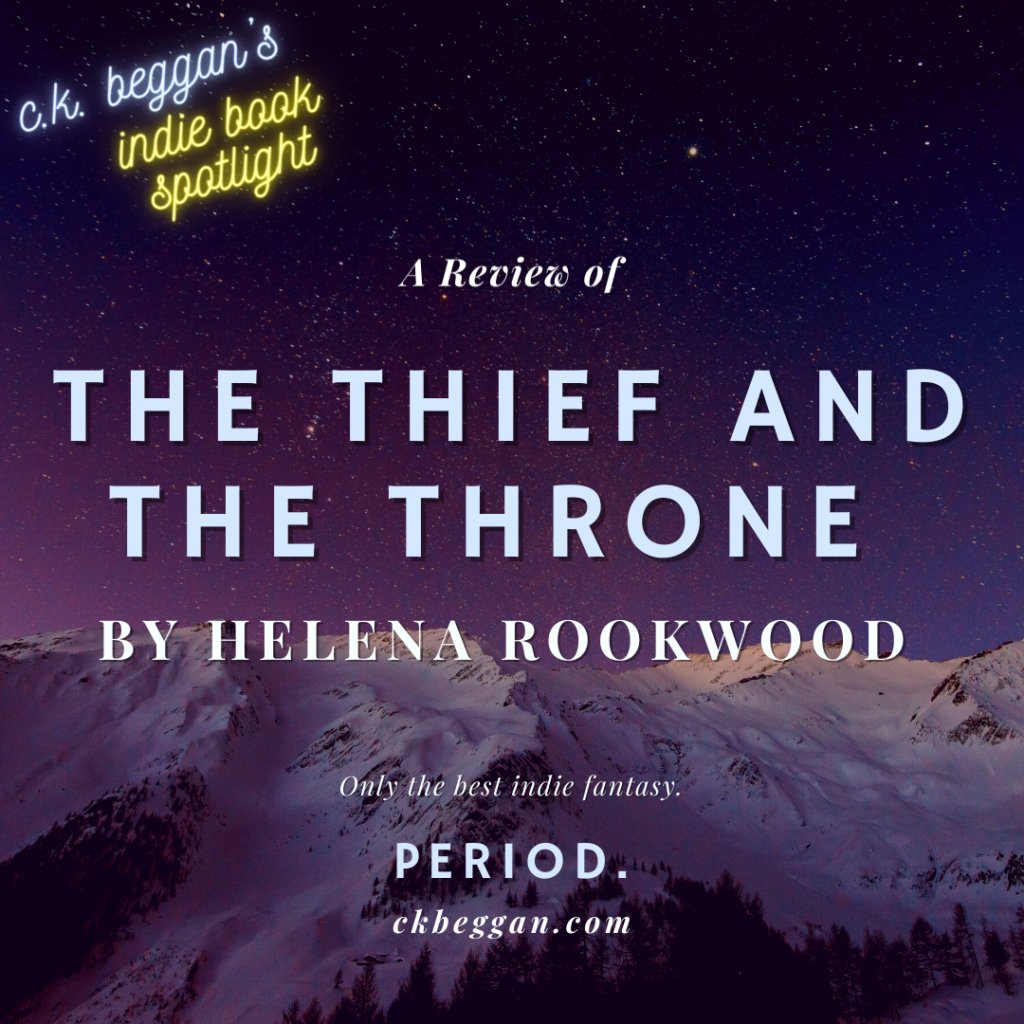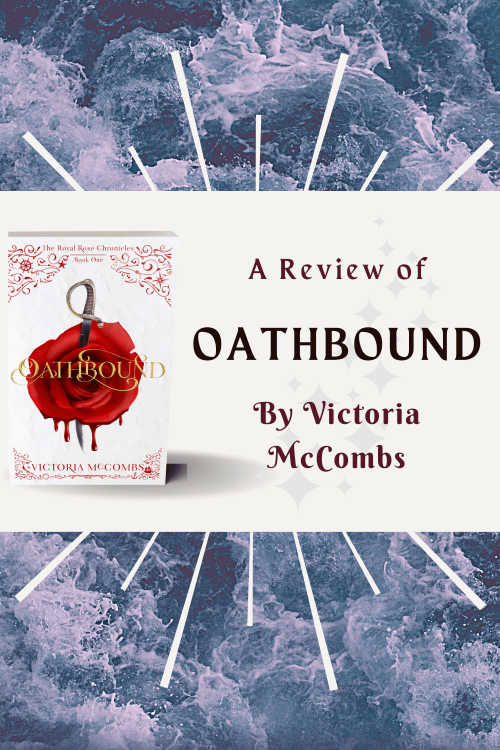
(The Royal Rose Chronicles #1)
YA fantasy, pirate fantasy adventure, romantic fantasy
Favorite quote: “‘Do you see how he looks at her as if he’s found a priceless pearl inside an oyster?’ Heat flooded my cheeks. I had noticed that.”
Note: I received a copy and this is an honest, voluntary review.
This book just got better and better as it went along!
Early on, Oathbound feels like historical fiction more than fantasy. Though it was on the slower side, I felt like I was on the Royal Rose. But the magic was still missing for me. Then came the magical creatures (and one creepy ghost ship) on the high seas. This book became a page turner for me from that point on.
The romance subplot is woven throughout the story and in the “friendship” between narrators Emme and Arn. It’s so lovely and subtle, a true slow-burn that goes beyond two friends having that conversation. With Emme’s distrust of pirates, Royal Rose captain Arn has a lot to prove.
I loved all the side quests and intrusions by magic and ghosts. Emme is also dealing with a congenital degenerative disease, so we see her struggling with mobility. Note that this book ends on multiple wicked cliffhangers. I can’t wait to read book two!

